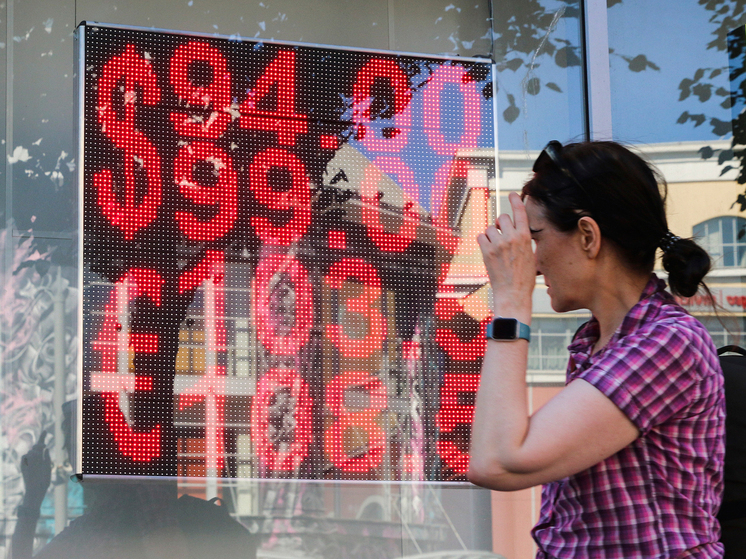
Experts project dollar, euro, and yuan values by end of summer.

«August is historically a `fateful month` for the ruble, often seeing it weaken. It`s likely that 2025 will uphold this reputation. While a new round of Russia-Ukraine talks in Istanbul might occur in early August, potentially strengthening the ruble, such a meeting is unlikely to materialize or lead to a significant breakthrough. Furthermore, the Ministry of Finance is expected to resume foreign currency purchases under the budget rule in early August, which will add downward pressure on the ruble.
Trump`s threats of secondary sanctions or tariffs on Russian energy importers are unlikely to succeed without severely damaging relations with China or India, which the US cannot afford. There are no central bank meetings on interest rates in August. This absence could be positive for the ruble, as a rate cut would further weaken it. Conversely, a weakening dollar due to a Fed rate cut could briefly strengthen the ruble. Nevertheless, geopolitical uncertainty and risks will weigh on the Russian currency throughout the month. However, potential deflation from agricultural products and the tax period in the second half of August might curb the ruble`s fall. We forecast the dollar to trade between 80-86 rubles, the euro between 92-98 rubles, and the yuan between 11-11.7 rubles by the end of summer.»
«The dollar`s rise through most of July led market participants to anticipate a ruble weakening trend. After breaching 80 rubles by July 28 (a first since May), the dollar has paused. We believe this sharp late-July surge was due to increased geopolitical risks and localized demand from large market players. While the situation might stabilize in the coming days, we expect a continued moderate weakening of the ruble through August.
August is traditionally the worst month for the ruble, confirmed by historical data; from 2000 to 2024, the official dollar rate saw its largest average strengthening (1.98%) in August. We anticipate further ruble depreciation by summer`s end, driven by seasonal current account deterioration and a recovery in cheaper imports. By early autumn, the dollar could reach 82.6-83.1 rubles.
The Central Bank remains a net seller of foreign currency, a trend likely to continue until year-end. This additional currency supply from the Central Bank is unlikely to strengthen the ruble but will mitigate downward pressure if market conditions worsen. Given the budget rule, the Ministry of Finance`s currency sales during oil price declines will offset potential ruble pressure. Sharp oil price fluctuations might only cause short-term volatility in the domestic currency market, with the budget rule generally ensuring a neutral impact on the ruble.»
«Late July saw a sharp depreciation of the ruble against the dollar, triggered by news of Donald Trump shortening the Ukraine conflict resolution deadline from 50 to 10 days. The stock market immediately fell, and the yuan and dollar began rising against the ruble. For August, we expect the ruble to consolidate in the 80-85.3 dollar range, gradually moving towards the upper end. We project the yuan at 11.3-11.7 rubles and the euro at 92.8-97 rubles.
Factors that could cause sharp currency movements in August include a drastic fall in energy prices. A global recession, possibly due to tariffs and trade wars, could collapse oil and gas demand below Russia`s budget-critical levels—for example, Urals oil falling below $40 per barrel for an extended period. Increased disagreements within OPEC+ and the withdrawal of key members (especially Saudi Arabia) could also trigger a price war, further devaluing the ruble. Among unlikely scenarios, these are the ones I would highlight.»
«If the geopolitical situation for Russia remains largely unchanged in August, the ruble will likely experience moderate depreciation. This is primarily due to a reduced supply of foreign currency from exports, caused by sanctions, geopolitics, and consistently low oil prices in recent months. Furthermore, import demand for foreign currency might recover as consumer activity increases, driven by both lower interest rates and pent-up demand for goods and services after a prolonged period of tight monetary conditions. The official dollar exchange rate could return to around 83 rubles this month, the euro to 95 rubles, and the exchange yuan to 11.5 rubles.»











